I Visited Nantes’ Natural History Museum.
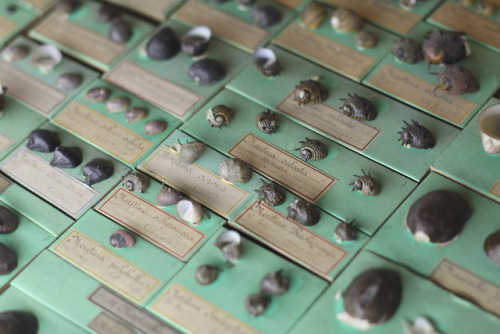
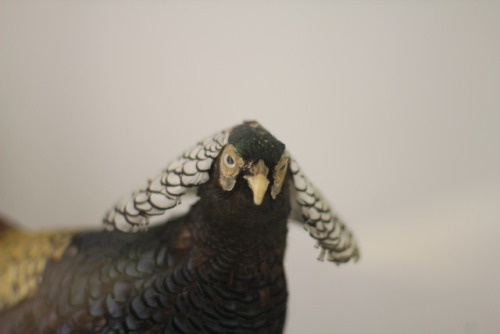
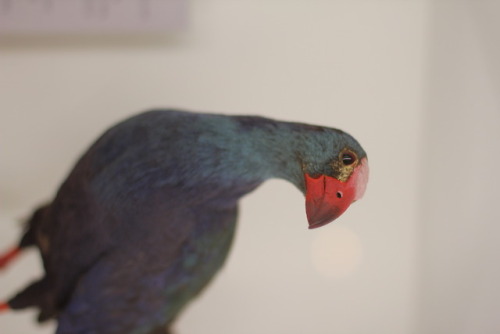
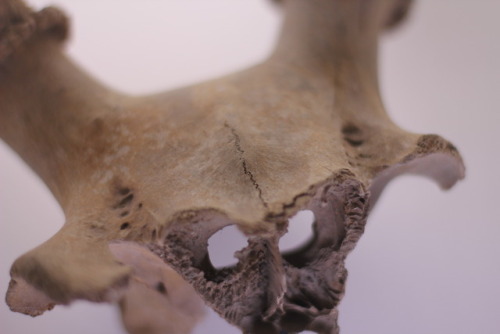



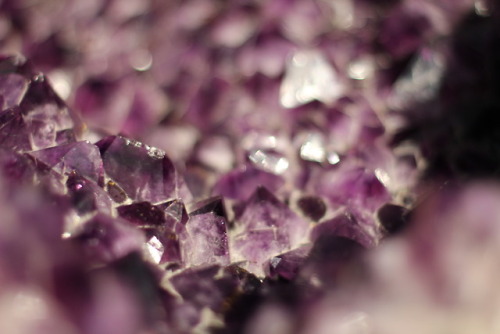
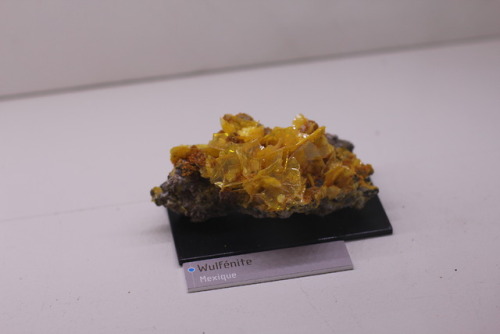
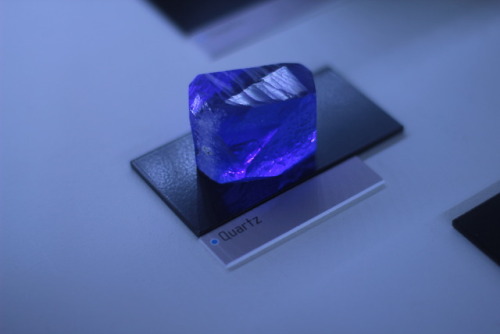
I visited Nantes’ Natural History Museum.
More Posts from Evisno and Others




The latest from Brock Davis - love his work!






In the garden. Värmland, Sweden (October 23, 2015).

The making of Polylion
Solar System: Things to Know This Week
Learn the latest on Cassini’s Grand Finale, Pluto, Hubble Space Telescope and the Red Planet.
1. Cassini’s Grand Finale

After more than 12 years at Saturn, our Cassini mission has entered the final year of its epic voyage to the giant planet and its family of moons. But the journey isn’t over. The upcoming months will be like a whole new mission, with lots of new science and a truly thrilling ride in the unexplored space near the rings. Later this year, the spacecraft will fly repeatedly just outside the rings, capturing the closest views ever. Then, it will actually orbit inside the gap between the rings and the planet’s cloud tops.
Get details on Cassini’s final mission
The von Kármán Lecture Series: 2016
2. Chandra X-Rays Pluto

As the New Horizon’s mission headed to Pluto, our Chandra X-Ray Observatory made the first detection of the planet in X-rays. Chandra’s observations offer new insight into the space environment surrounding the largest and best-known object in the solar system’s outermost regions.
See Pluto’s X-Ray
3. … And Then Pluto Painted the Town Red

When the cameras on our approaching New Horizons spacecraft first spotted the large reddish polar region on Pluto’s largest moon, Charon, mission scientists knew two things: they’d never seen anything like it before, and they couldn’t wait to get the story behind it. After analyzing the images and other data that New Horizons has sent back from its July 2015 flight through the Pluto system, scientists think they’ve solved the mystery. Charon’s polar coloring comes from Pluto itself—as methane gas that escapes from Pluto’s atmosphere and becomes trapped by the moon’s gravity and freezes to the cold, icy surface at Charon’s pole.
Get the details
4. Pretty as a Postcard

The famed red-rock deserts of the American Southwest and recent images of Mars bear a striking similarity. New color images returned by our Curiosity Mars rover reveal the layered geologic past of the Red Planet in stunning detail.
More images
5. Things Fall Apart

Our Hubble Space Telescope recently observed a comet breaking apart. In a series of images taken over a three-day span in January 2016, Hubble captured images of 25 building-size blocks made of a mixture of ice and dust drifting away from the comet. The resulting debris is now scattered along a 3,000-mile-long trail, larger than the width of the continental U.S.
Learn more
Discover the full list of 10 things to know about our solar system this week HERE.
Make sure to follow us on Tumblr for your regular dose of space: http://nasa.tumblr.com









We’re Way Below Average! Astronomers Say Milky Way Resides In A Great Cosmic Void
“If there weren’t a large cosmic void that our Milky Way resided in, this tension between different ways of measuring the Hubble expansion rate would pose a big problem. Either there would be a systematic error affecting one of the methods of measuring it, or the Universe’s dark energy properties could be changing with time. But right now, all signs are pointing to a simple cosmic explanation that would resolve it all: we’re simply a bit below average when it comes to density.”
When you think of the Universe on the largest scales, you likely think of galaxies grouped and clustered together in huge, massive collections, separated by enormous cosmic voids. But there’s another kind of cluster-and-void out there: a very large volume of space that has its own galaxies, clusters and voids, but is simply higher or lower in density than average. If our galaxy resided near the center of one such region, we’d measure the expansion rate of the Universe to be higher-or-lower than average when we used nearby techniques. But if we measured the global expansion rate, such as via baryon acoustic oscillations or the fluctuations in the cosmic microwave background, we’d actually arrive at the true, average rate.
We’ve been seeing an important discrepancy for years, and yet the cause might simply be that the Milky Way lives in a large cosmic void. The data supports it, too! Get the story today.










New Supernova Results: Is The Universe Not Accelerating?
“There actually is a nice result from this paper: it perhaps will cause a rethink of the standard likelihood analysis used by teams analyzing supernova data. It also shows just how incredible our data is: even with using none of our knowledge about the matter in the Universe or the flatness of space, we can still arrive at a better-than-3σ result supporting an accelerating Universe. But it also underscores something else that’s far more important. Even if all of the supernova data were thrown out and ignored, we have more than enough evidence at present to be extremely confident that the Universe is accelerating, and made of about 2/3 dark energy.”
Just a few days ago, a new paper was published in the journal Scientific Reports claiming that the evidence for acceleration from Type Ia supernovae was much flimsier than anyone gave it credit for. Rather than living up to the 5-sigma standard for scientific discovery, the authors claimed that there was only marginal, 3-sigma evidence for any sort of acceleration, despite having statistics that were ten times better than the original 1998 announcement. They claimed that an improved likelihood analysis combined with a rejection of all other priors explains why they obtained this result, and use it to cast doubt on not only the concordance model of cosmology, but on the awarding of the 2011 Nobel Prize for dark energy. Despite the sensational coverage this has gotten in the press, the team does quite a few things that are a tremendous disservice to the good science that has been done, and even a simplistic analysis clearly debunks their conclusions.
Dark energy and acceleration are real and here to stay. You owe it to yourself to find out why and how!

I believe in free education, one that’s available to everyone; no matter their race, gender, age, wealth, etc… This masterpost was created for every knowledge hungry individual out there. I hope it will serve you well. Enjoy!
FREE ONLINE COURSES (here are listed websites that provide huge variety of courses)
Alison
Coursera
FutureLearn
open2study
Khan Academy
edX
P2P U
Academic Earth
iversity
Stanford Online
MIT Open Courseware
Open Yale Courses
BBC Learning
OpenLearn
Carnegie Mellon University OLI
University of Reddit
Saylor
IDEAS, INSPIRATION & NEWS (websites which deliver educational content meant to entertain you and stimulate your brain)
TED
FORA
Big Think
99u
BBC Future
Seriously Amazing
How Stuff Works
Discovery News
National Geographic
Science News
Popular Science
IFLScience
YouTube Edu
NewScientist
DIY & HOW-TO’S (Don’t know how to do that? Want to learn how to do it yourself? Here are some great websites.)
wikiHow
Wonder How To
instructables
eHow
Howcast
MAKE
Do it yourself
FREE TEXTBOOKS & E-BOOKS
OpenStax CNX
Open Textbooks
Bookboon
Textbook Revolution
E-books Directory
FullBooks
Books Should Be Free
Classic Reader
Read Print
Project Gutenberg
AudioBooks For Free
LibriVox
Poem Hunter
Bartleby
MIT Classics
Many Books
Open Textbooks BCcampus
Open Textbook Library
WikiBooks
SCIENTIFIC ARTICLES & JOURNALS
Directory of Open Access Journals
Scitable
PLOS
Wiley Open Access
Springer Open
Oxford Open
Elsevier Open Access
ArXiv
Open Access Library
LEARN:
1. LANGUAGES
Duolingo
BBC Languages
Learn A Language
101languages
Memrise
Livemocha
Foreign Services Institute
My Languages
Surface Languages
Lingualia
OmniGlot
OpenCulture’s Language links
2. COMPUTER SCIENCE & PROGRAMMING
Codecademy
Programmr
GA Dash
CodeHS
w3schools
Code Avengers
Codelearn
The Code Player
Code School
Code.org
Programming Motherf*?$%#
Bento
Bucky’s room
WiBit
Learn Code the Hard Way
Mozilla Developer Network
Microsoft Virtual Academy
3. YOGA & MEDITATION
Learning Yoga
Learn Meditation
Yome
Free Meditation
Online Meditation
Do Yoga With Me
Yoga Learning Center
4. PHOTOGRAPHY & FILMMAKING
Exposure Guide
The Bastards Book of Photography
Cambridge in Color
Best Photo Lessons
Photography Course
Production Now
nyvs
Learn About Film
Film School Online
5. DRAWING & PAINTING
Enliighten
Ctrl+Paint
ArtGraphica
Google Cultural Institute
Drawspace
DragoArt
WetCanvas
6. INSTRUMENTS & MUSIC THEORY
Music Theory
Teoria
Music Theory Videos
Furmanczyk Academy of Music
Dave Conservatoire
Petrucci Music Library
Justin Guitar
Guitar Lessons
Piano Lessons
Zebra Keys
Play Bass Now
7. OTHER UNCATEGORIZED SKILLS
Investopedia
The Chess Website
Chesscademy
Chess.com
Spreeder
ReadSpeeder
First Aid for Free
First Aid Web
NHS Choices
Wolfram Demonstrations Project
Please feel free to add more learning focused websites.
*There are a lot more learning websites out there, but I picked the ones that are, as far as I’m aware, completely free and in my opinion the best/ most useful.





Nearly every day Cassini sends back something amazing to sit and wonder at.
1) Saturn’s rings, 15 July 2014
2) Tethys / Saturn’s rings 14 July 2014
3) Disk of Saturn 14 July 2014
4) Prometheus / F Ring 13 July 2014
5) Pan in the Encke Gap 13 July 2014
All raw and unprocessed images from saturn.jpl.nasa.gov

Uneasiness in Observers of Unnatural Android Movements Explained
It has been decades in the making, but humanoid technology has certainly made significant advancements toward creation of androids - robots with human-like features and capabilities. While androids hold great promise for tangible benefits to the world, they may induce a mysterious and uneasy feeling in human observers. This phenomenon, called the “uncanny valley,” increases when the android’s appearance is almost humanlike but its movement is not fully natural or comparable to human movement. This has been a focus of study for many years; however, the neural mechanism underlying the detection of unnatural movements remains unclear.
The research is in Scientific Reports. (full open access)
Celebrating 10 Years of Revolutionary Solar Views
Twin spacecraft give humanity unprecedented views of the entire sun at one time, traveling to the far side of our home star over the course of a 10-year mission.

These two spacecraft are called STEREO, short for Solar and Terrestrial Relations Observatory. Launched on Oct. 25, 2006, and originally slated for a two-year mission, both spacecraft sent back data for nearly eight years, and STEREO-A still sends information and images from its point of view on the far side of the sun.

STEREO watches the sun from two completely new perspectives. It also provides information invaluable for understanding the sun and its impact on Earth, other worlds, and space itself – collectively known as space weather. On Earth, space weather can trigger things like the aurora and, in extreme cases, put a strain on power systems or damage high-flying satellites.
Because the rest of our sun-watching satellites orbit near our home planet, STEREO’s twin perspectives far from Earth give us a unique opportunity to look at solar events from all sides and understand them in three dimensions.

We use data from STEREO and other missions to understand the space environment throughout the solar system. This helps operators for missions in deep space prepare for the sudden bursts of particles and magnetic field that could pose a danger to their spacecraft.

STEREO has also helped us understand other objects in our solar system – like comets. Watching how a comet’s tail moves gives us clues about the constant stream of particles that flows out from the sun, called the solar wind.

STEREO is an essential piece of our heliophysics fleet, which includes 17 other missions. Together, these spacecraft shed new light on the sun and its interaction with space, Earth, and other worlds throughout the solar system.
To celebrate, we’re hosting a Facebook Live event on Wednesday, Oct. 26. Join us at noon ET on the NASA Sun Science Facebook page to learn more about STEREO and ask questions.
Learn more about how NASA studies the sun at: www.nasa.gov/stereo
Follow us on Tumblr for your regular dose of space: http://nasa.tumblr.com
-
 t4tmetalsonic liked this · 3 years ago
t4tmetalsonic liked this · 3 years ago -
 demoncleaner66 liked this · 3 years ago
demoncleaner66 liked this · 3 years ago -
 hoolahoopsmcgee reblogged this · 3 years ago
hoolahoopsmcgee reblogged this · 3 years ago -
 hoolahoopsmcgee liked this · 3 years ago
hoolahoopsmcgee liked this · 3 years ago -
 again-another-blog liked this · 3 years ago
again-another-blog liked this · 3 years ago -
 gitanayrevolucion liked this · 4 years ago
gitanayrevolucion liked this · 4 years ago -
 untidyreward liked this · 5 years ago
untidyreward liked this · 5 years ago -
 baeogeekn liked this · 5 years ago
baeogeekn liked this · 5 years ago -
 spaceepigeon liked this · 5 years ago
spaceepigeon liked this · 5 years ago -
 justajazzcat reblogged this · 6 years ago
justajazzcat reblogged this · 6 years ago -
 mortalstone reblogged this · 6 years ago
mortalstone reblogged this · 6 years ago -
 future-doctor-r liked this · 6 years ago
future-doctor-r liked this · 6 years ago -
 ilprofessorematto-blog reblogged this · 6 years ago
ilprofessorematto-blog reblogged this · 6 years ago -
 millenialjt liked this · 6 years ago
millenialjt liked this · 6 years ago -
 stairwell-flowers reblogged this · 6 years ago
stairwell-flowers reblogged this · 6 years ago -
 stairwell-flowers liked this · 6 years ago
stairwell-flowers liked this · 6 years ago -
 angel--69--v liked this · 6 years ago
angel--69--v liked this · 6 years ago -
 cleanberserk liked this · 6 years ago
cleanberserk liked this · 6 years ago -
 unkillable-monster-vince liked this · 6 years ago
unkillable-monster-vince liked this · 6 years ago -
 fallendown-the-rabbithole-blog liked this · 6 years ago
fallendown-the-rabbithole-blog liked this · 6 years ago -
 wazzupay liked this · 6 years ago
wazzupay liked this · 6 years ago -
 doodlejas liked this · 6 years ago
doodlejas liked this · 6 years ago -
 perfectlyghostlymen liked this · 6 years ago
perfectlyghostlymen liked this · 6 years ago -
 queenofthekush-blog liked this · 6 years ago
queenofthekush-blog liked this · 6 years ago -
 jerdiaz-blog liked this · 6 years ago
jerdiaz-blog liked this · 6 years ago -
 fiyabuster360 liked this · 6 years ago
fiyabuster360 liked this · 6 years ago -
 karavalkyrie liked this · 6 years ago
karavalkyrie liked this · 6 years ago -
 ursinhosheaven liked this · 6 years ago
ursinhosheaven liked this · 6 years ago -
 phily1 liked this · 6 years ago
phily1 liked this · 6 years ago -
 vivrecommetuveux liked this · 6 years ago
vivrecommetuveux liked this · 6 years ago -
 tung-kniv reblogged this · 6 years ago
tung-kniv reblogged this · 6 years ago -
 notanotherdamsel-blog reblogged this · 6 years ago
notanotherdamsel-blog reblogged this · 6 years ago -
 notanotherdamsel-blog liked this · 6 years ago
notanotherdamsel-blog liked this · 6 years ago -
 rer1957 liked this · 6 years ago
rer1957 liked this · 6 years ago -
 muwhaldii liked this · 6 years ago
muwhaldii liked this · 6 years ago